Russia and Ukraine exchanged large-scale strikes on each other’s infrastructure and military targets on October 5-6. The Russian side continued to strike Ukrainian energy and fuel-logistics facilities, while Ukraine carried out a massive drone raid, during which, according to Russian data, 251 drones were shot down, predominantly over Crimea and the Black Sea waters.
In the context of these events, Ukrainian President Volodymyr Zelenskyy hinted at the expansion of domestic production capabilities, stating: “In recent days, to hit targets on Russian territory, Ukraine has been using exclusively Ukrainian products, and these are not just drones.” He called on Western partners to allocate more funds for scaling up production.
Simultaneously, Zelenskyy criticized some European partners for the slow allocation of funds under the PURL program for weapons procurement, noting that contributions had already been made by the Netherlands, Germany, Canada, Sweden, Denmark, Norway, the Baltic states, Belgium, Iceland, and Luxembourg. According to Head of the President’s Office Andriy Yermak, the volume of allocated funds for the PURL program has remained at $2 billion since August, meaning there have been no new inflows.
Strikes on Targets in Ukraine
Russian strikes on October 5-6 were focused on energy and logistics facilities significant for supporting the Armed Forces of Ukraine (AFU).
-
Kramatorsk: The city, located 15-20 km from the front line, was attacked for the first time by Russian optic fiber-guided FPV drones. The strike on an AFU Mitsubishi L200 pickup truck in the city center demonstrates the increased accuracy and Electronic Warfare (ECM) resistance of such systems, creating new risks for Ukrainian military logistics even in the near rear.
-
“Yuzhny” Oil Terminal in Odesa Region: The strike on an RVS-20000 tank and a pumping station damaged a key link in the southern energy corridor, used for transshipping petroleum products, including for military logistics needs.
-
Substations in Kharkiv: A massive attack on the “Bavaria” 110/35/6 kV substation and a strike on a substation near the Kharkiv Cable Plant put these facilities out of commission. Targeting such nodes of the energy system aims to destabilize the supply to the industrial sector and the city overall.
-
Substation in Chernihiv Region (Ichnia): The strike on the PS-110/10 kV substation disrupted electricity distribution in the Pryluky district, undermining the stability of the power supply in the region.
-
Iverska District Substation 110/35/6 kV: The strike on this distribution node led to the destruction of power transformers and caused disruptions in the energy system, creating risks of overload for adjacent nodes.
-
Kalynivka (Kyiv Region): The strike on the “AS-Investment” logistics complex, a key fuel-logistics hub supplying central and southern directions, disabled the tank farm and pumping equipment. This dealt a serious blow to the fuel supply system.
Other facilities subjected to strikes include sites in Zaporizhzhia, where a fire broke out, and warehouse, railway, and energy hubs across the country, including in Sumy, Dnipropetrovsk, and Cherkasy Regions, among others. The central aim of the Russian strikes is to undermine the energy base and logistics of the Armed Forces of Ukraine, affecting combat capability and frontline communications.
Strikes on Targets in Russia
On the night of October 6, the Ukrainian side launched one of the most massive drone raids of the conflict, targeting oil and gas and energy enterprises. According to Russian forces, 251 Ukrainian drones were shot down, including 40 over Crimea, 102 in the Black Sea region, and a significant number over Kursk, Belgorod, Voronezh, Bryansk, and other Regions.
-
CHP Plant in Belgorod: The facility was struck, including with HIMARS MLRS, leading to power outages.
-
CHP Plant in Klintsy (Bryansk Region): The attack on the combined heat and power plant caused a fire and heating problems.
-
Tyumen Oil Refinery: An attempt was made to attack the oil refinery.
-
Tuapse Oil Refinery: Debris from a downed drone fell on the enterprise’s territory, preliminarily without significant damage to capacity, although two people were injured.
-
Oil Depot in Feodosia: The attack resulted in a fire in one of the tanks containing petroleum products.
According to Russian sources, countermeasures against such raids are also carried out by mobile fire groups staffed by volunteers with combat experience. These groups maintain night watches, creating a layered defense and shooting down UAVs on the approaches to the border.
While drones have become an integral element of hostilities in the conflict zone, incidents with unmanned aerial vehicles continue to be recorded in Europe, attracting increased attention. However, as cases show, no connection to Russia is being found. “Hobbyist pilots” from Croatia, Germany, and China have been detained in various countries for launching drones over airports. The incident with balloons that disrupted operations at Vilnius Airport was also unrelated to military actions, turning out to be linked to smuggling. Despite this, such events generate threat expectations and demonstrate how the drone issue extends beyond the immediate theater of military operations.
MORE ON THE TOPIC:




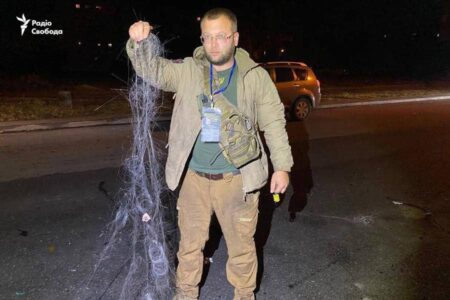
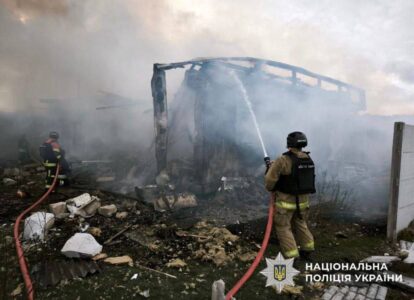
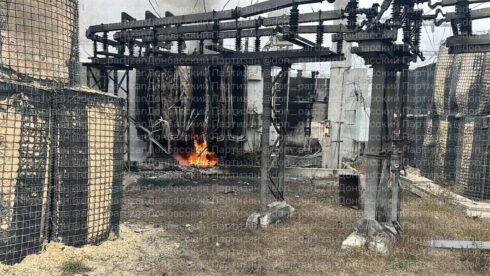
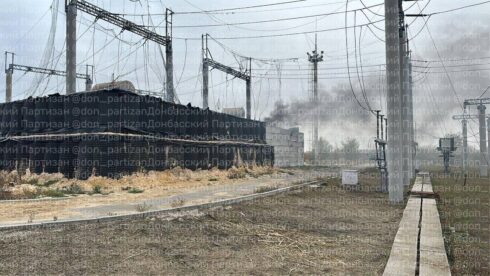
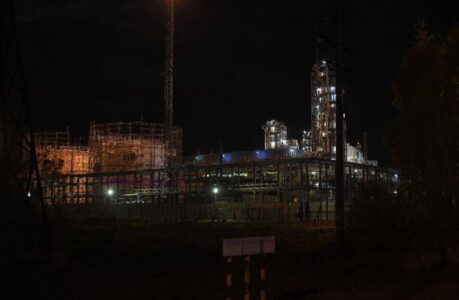
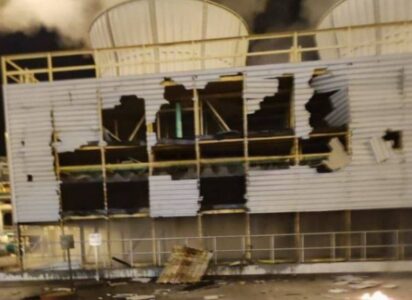



a dick playing pianist and ex-actor, now president of a failed nation, that does not belong to nato or the eu, demands the tax payers of those nations gift him even more toys? how long does a delivery of western toys last, once it reaches ukraine?
or, a piano playing dick…
would uptick, but system is disabled. so agree with you.
russia is humiliated again!
in your dreams. why is zelinsky upping his begging? how many ukrainian citizens were there back in 2014 and how many are left in ukraine? why has ukraine got 20% less territory, at least, since 2014? were the ‘cookies’ actually worth the price?
americunt no more anuz to penetrate after colon collected taliban jizz for 20 yrs—now americunt must swallow hebrew jizz
russia go on.